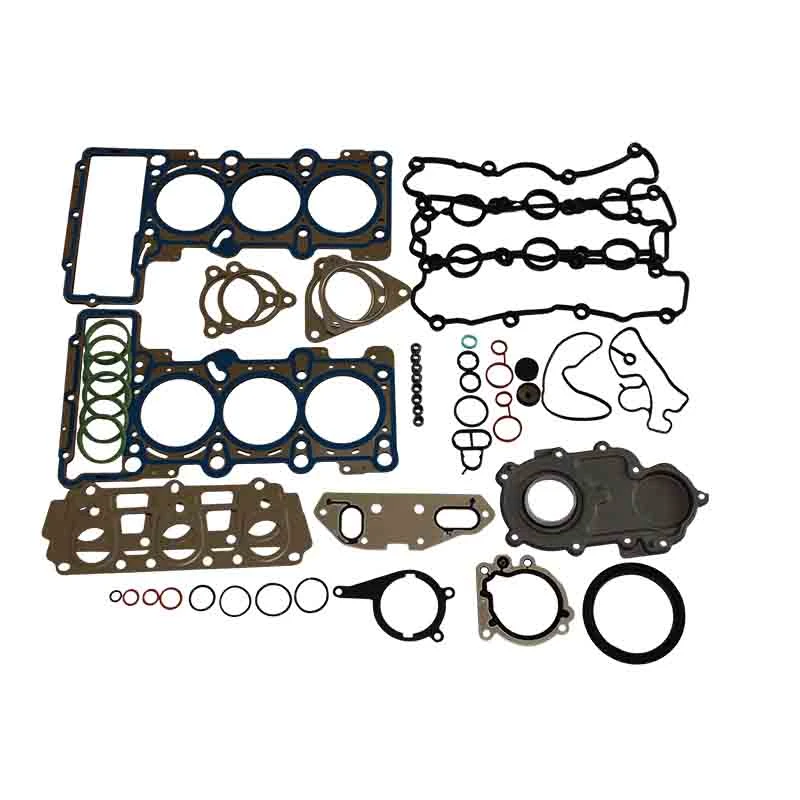High-Quality 140x170x15 Oil Seal for Durable Sealing Solutions
Understanding Oil Seals The Case of 140x170x15
Oil seals, critical components in various mechanical systems, play a significant role in maintaining equipment efficiency and integrity. Among the myriad of sizes and specifications, the 140x170x15 oil seal is a prime example that highlights their importance. In this article, we will explore what oil seals are, their construction, functionality, and the specific characteristics of the 140x170x15 oil seal.
What is an Oil Seal?
An oil seal, also known as a shaft seal, is a device that prevents the leakage of fluid from machinery while simultaneously keeping contaminants out. They are commonly used in machinery that involves rotating shafts, such as engines, gearboxes, and pump systems. Oil seals are usually designed to withstand various pressures and temperatures, ensuring a balanced operational efficiency.
Construction of Oil Seals
Oil seals typically consist of several components
1. Seal Body This is usually made from materials like rubber or elastomer, providing flexibility and resilience against wear and tear.
2. Spring Many oil seals include a spring that enhances the sealing pressure against the shaft. This feature helps maintain a tight seal, reducing the chances of fluid leakage.
3. Lip The lip is the part of the seal that makes contact with the shaft. It is often designed with precision to create a reliable barrier against fluids and dirt.
The 140x170x15 designation refers to the dimensions of the oil seal 140 mm is the inner diameter, 170 mm is the outer diameter, and 15 mm is the thickness of the seal. This standardized size makes it versatile for a variety of applications.
Functionality of the 140x170x15 Oil Seal
The specific measurements of the 140x170x15 oil seal contribute to its functionality in several applications
1. Prevention of Fluid Leakage The seal prevents oil, grease, or other lubricants from leaking out of the machinery. This is essential for maintaining lubrication and ensuring that moving parts function smoothly.
2. Contamination Control By keeping dirt, dust, and other contaminants out, the oil seal helps prevent abrasive materials from entering sensitive areas of equipment. This protection extends the lifespan of the machinery.
oil seal 140x170x15

3. Pressure Management The design of the 140x170x15 seal allows it to withstand both positive and negative pressures, maintaining its sealing capabilities under varying operational conditions.
4. Heat Resistance Given its construction materials, the oil seal is designed to handle heat generated from friction between moving parts, thus preserving its efficiency over time.
Applications of the 140x170x15 Oil Seal
The 140x170x15 oil seal is widely used across different industries due to its size and versatility. Common applications include
- Automotive Used in engines, transmissions, and differentials to ensure fluid retention and prevent leakage.
- Industrial Machinery Essential in pumps, hydraulic systems, and conveyors where lubrication is crucial for operational efficiency.
- Construction Equipment Heavy machinery often utilizes this size of oil seal to prevent failure and maintain performance in rugged conditions.
Choosing the Right Oil Seal
When selecting an oil seal, several factors must be considered
1. Material Compatibility Ensure the seal material is compatible with the type of fluid to be contained. Common materials include nitrile rubber, silicone, and Viton.
2. Temperature and Pressure Ratings The chosen oil seal must be rated for the specific operational conditions it will face in service.
3. Installation and Maintenance Proper installation is crucial to the effectiveness of an oil seal. Maintenance checks can help detect wear and prevent potential leaks.
Conclusion
The 140x170x15 oil seal is not just a simple mechanical component; it embodies the complex interplay between engineering design and functionality. By preventing fluid leaks and contamination, oil seals are vital for the longevity and reliability of machinery. Whether in automotive, industrial, or construction applications, understanding the role and specifications of oil seals is essential for efficient mechanical system management. As technology advances, the design and materials used in oil seals will continue to evolve, promising even greater performance and durability in the future.
-
Simplifying Oil Changes: A Comprehensive Guide to Oil Drain Plugs and Their Variants
News Aug.04,2025
-
Mastering Oil Drain Maintenance: Solutions for Stripped, Worn, and Upgraded Oil Plugs
News Aug.04,2025
-
Fixing Oil Pan Plug Issues: Leaks, Stripped Nuts, and the Right Replacement Solutions
News Aug.04,2025
-
Everything You Need to Know About Oil Drain Plugs: Sizes, Fixes, and Upgrades
News Aug.04,2025
-
Choosing the Right Oil Drain Plug: A Guide to Sizes, Materials, and Drain Innovations
News Aug.04,2025
-
A Complete Guide to Automotive Drain Plugs: Types, Problems, and Innovative Solutions
News Aug.04,2025
-
The Ultimate Guide to Car Repair Kits: Tools and Essentials Every Driver Should Own
News Aug.01,2025
Products categories















